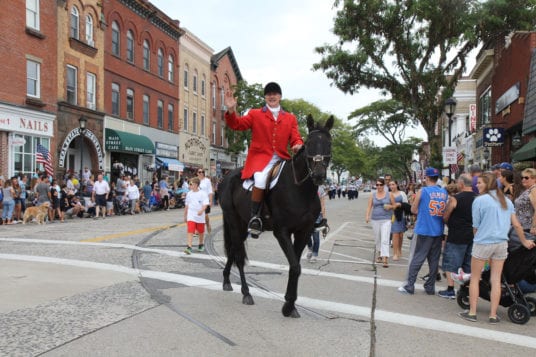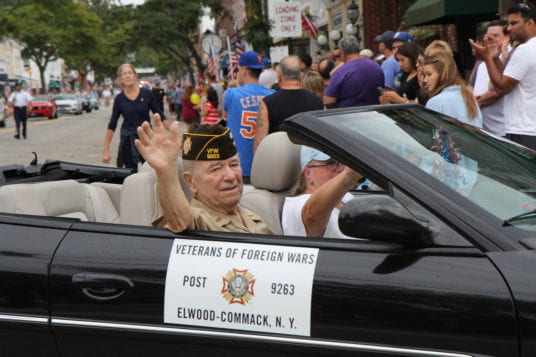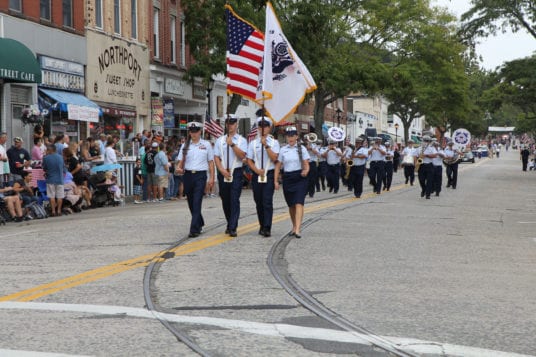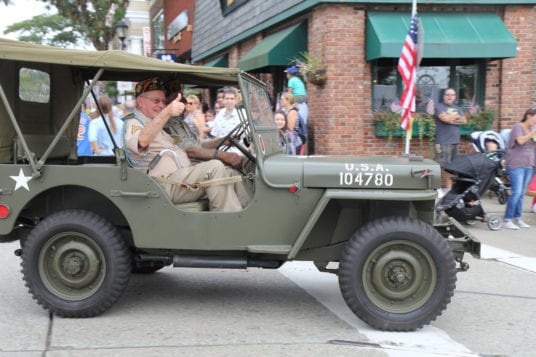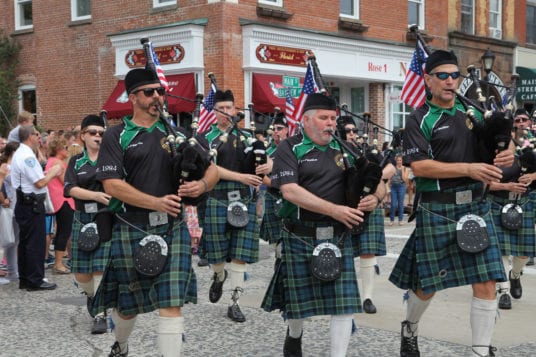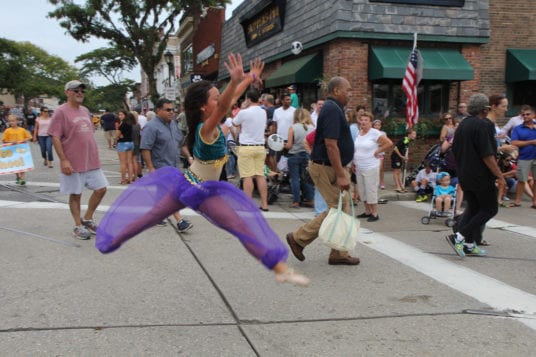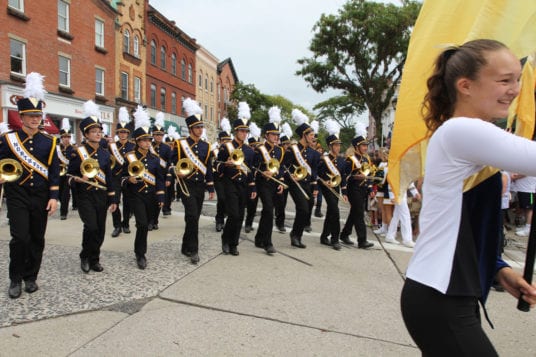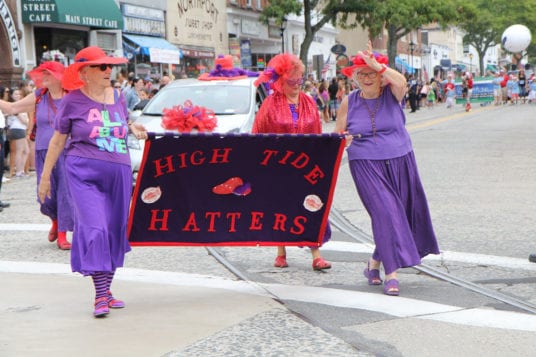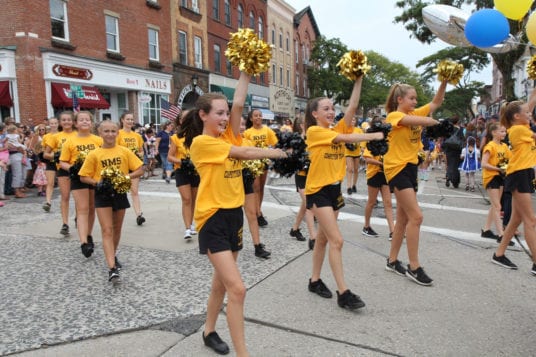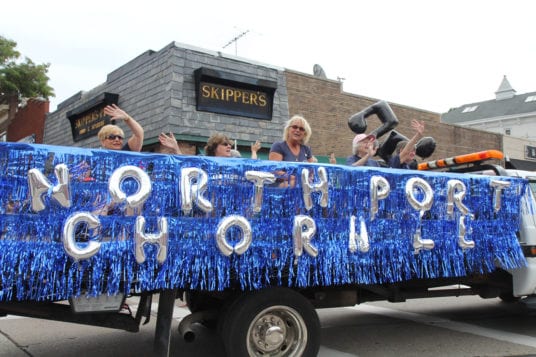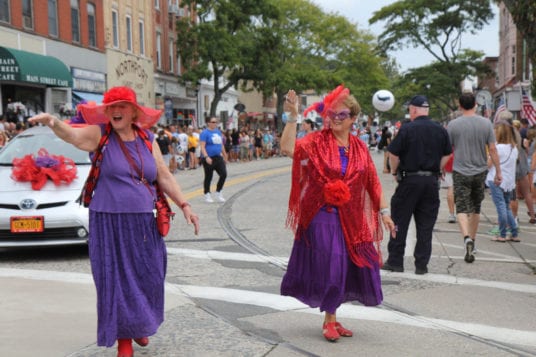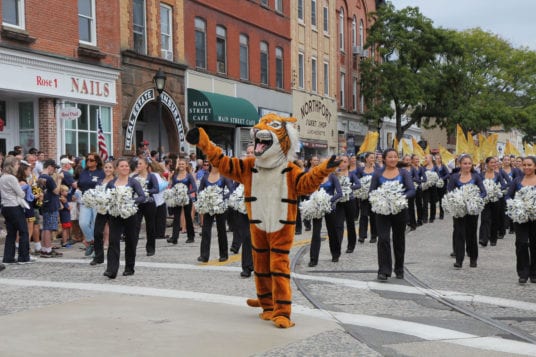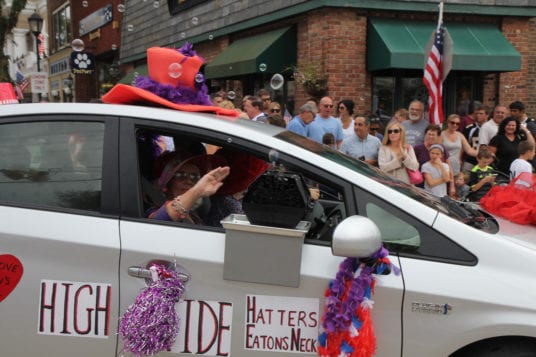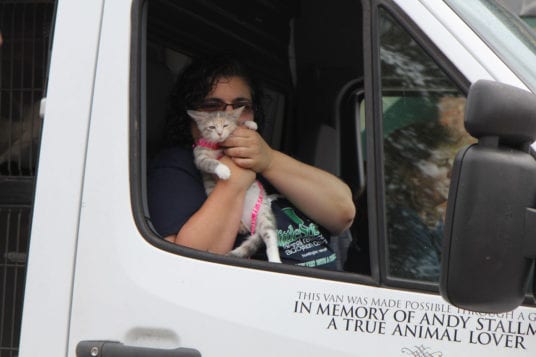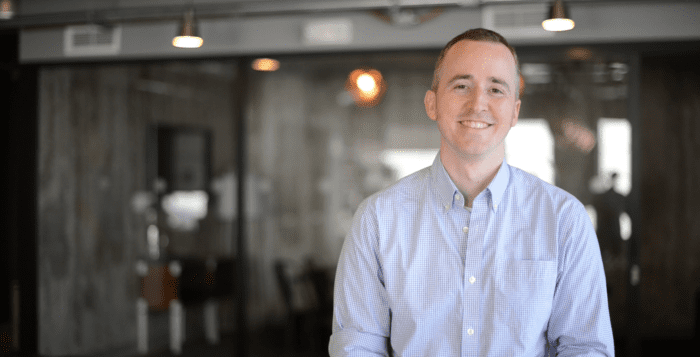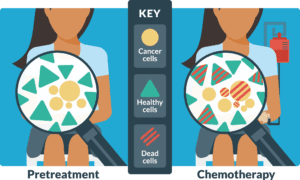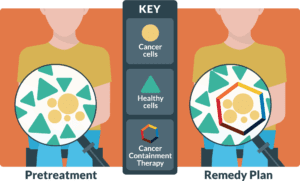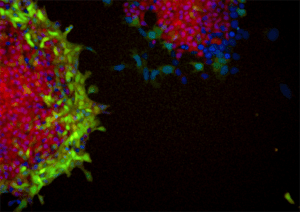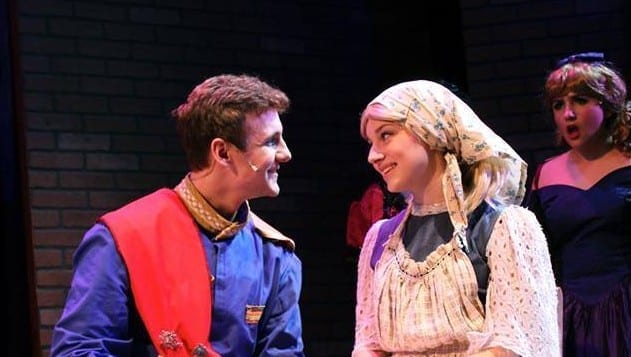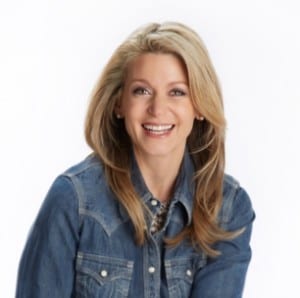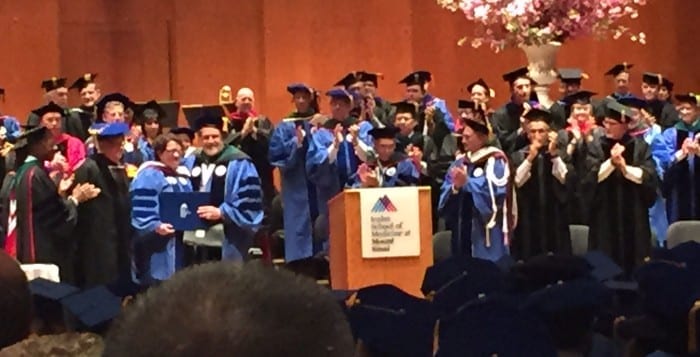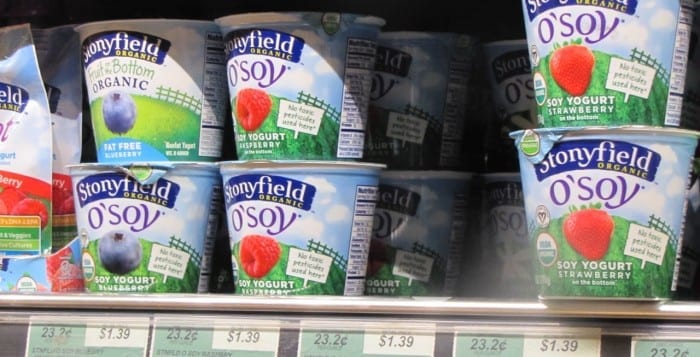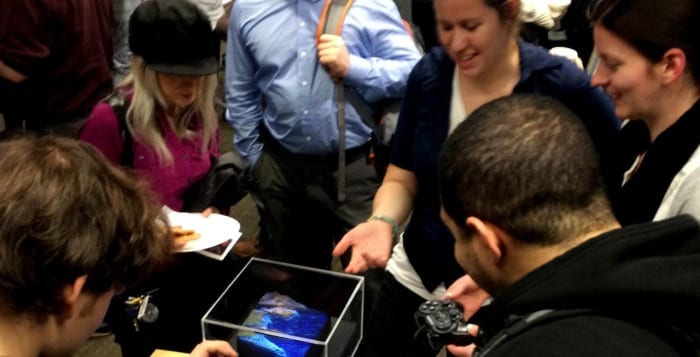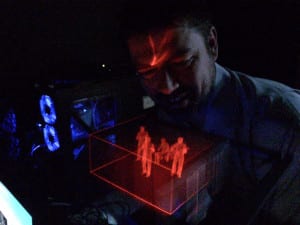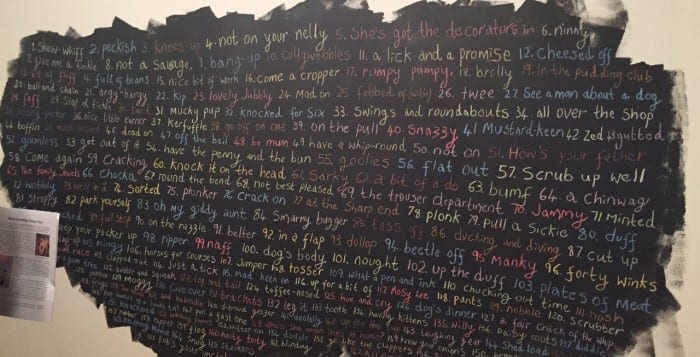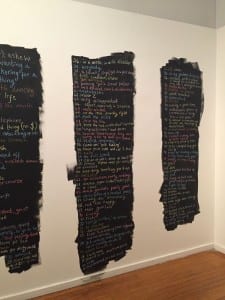This blog was originally posted in July 2013. It has been updated with current information.
You may still be recovering from those last couple of weeks of careening from one end-of-school-year event to the next, but once the novelty of not having to make it to the bus in the morning or churn out homework in the afternoon wears off, boredom will set in hard and fast.
When younger kids are not in camp, entertainment often falls on mom and dad, grandma and grandpa, or whoever else is looking after the little ones.
Fortunately, our area is not wanting for things to do, and we all have our fail-safe go-to’s — the Emma S. Clark or the Middle Country Libraries for their smorgasbord of classes and activities, the fields or labyrinth at Avalon, West Meadow Beach, or the sprinklers in Port Jeff.
For those days when you want to venture out a little farther, here are just a few more ideas for getting out and about. And let me just preface my recommendations with one bit of advice: wear insect repellant in addition to the sunscreen! The bugs are out in full force!
Sweetbriar Nature Center in Smithtown
The nice thing about Sweetbriar is you can just get up and go without any real planning or effort, and you can easily spend a couple of hours between picnicking, walking the exhibits and enjoying the outdoor setting. Because much of it is outside, it may not be ideal for a sweltering day.
The animal rehabilitation center is home to horned owls and other birds of prey, and if you hit the right time, you might just see Iggy, the iguana who usually resides inside, walking the grounds sunning herself. The butterfly house is open for business, and there are walking trails, an English garden and an outdoor play spot, complete with water play area, chalk boards and even a log see-saw.
The indoor exhibit features reptiles, amphibians, honey bees and other small animals, as well as skeletons and other educational displays. The rainforest room upstairs is a child’s favorite because of the “bridge” that extends over a faux river. Just watch out for the ginormous tarantulas hanging out, quite literally, in their tanks at the back of the room and make sure to have some pennies to toss into the “river.”
For hours, directions and information about camps and special programs, visit the website, https://sweetbriarnc.org. Sweetbriar is located at 62 Eckernkamp Drive, Smithtown, NY11787, 631-979-6344.
Brookhaven Wildlife and Ecology Center in Holtsville
Another great place for animal viewing is the Holtsville Ecology Center. The small zoo is home to a variety of animals including a bald eagle, emu, horses and a giant pig. All inhabitants are previously injured animals that cannot be re-released.
Though entrance is free, you may want to have change on hand to buy feed for the goats from the dispensers. Afterwards, you can enjoy a picnic lunch in their picnic area, run around the playground or ride bikes, scooters or roller blade on the trails. Oh, and there is an ice cream truck parked outside the entrance, so be prepared to indulge!
For more information visit brookaven.org The Town of Brookhaven Wildlife and Ecology Center Nature Preserve is located at 249 Buckley Road, Holtsville, NY. 631-758-9664.
New York State Parks
Caleb Smith State Park Preserve in Smithtown and Connetquot River State Park Preserve in Oakdale both offer biweekly Tiny Tots Nature Discovery classes for children 3 to 5 years old. All you have to do is call ahead to reserve a space. The hour-long class is only $4 per adult and $3 for children!
There are also programs for older children, families and adults. This Saturday from 7 p.m. to 9:30 p.m. there will be a bat program at Caleb Smith Park. You can learn about bats in the educational center before walking through the woods scouting for the creatures. While this particular event is recommended for those 5 and up, you can get information about other programs at Caleb Smith by calling 631-265-1054. (They are in the process of updating their website).
For more information on programs at Connetquot River State Park, go to nysparks.com.
Sailors Haven and the Sunken Forest on Fire Island
If you’re looking for a bigger adventure, take the Sayville Ferry across to Sailors Haven on Fire Island, where you’ll find the Sunken Forest and a beach with fine sand and huge seashells for collectors. A boardwalk connects the visitors’ center, the showers, beach and forest. You can either wander around on your own, or take a free ranger-led tour.
Bring your own snacks, since the snack shop is closed while the marina is under construction. Both should reopen at the end of July. The good news, though, is there are lifeguards on duty and the bathrooms and showers are open.
As you can expect, attire for the woods and attire for the beach are not exactly compatible, especially because the forest, situated on freshwater bogs, is extraordinarily buggy — we’re talking total feeding frenzy. Shorts and sleeveless shirts are not advisable, or you will be running to avoid being devoured. Bug spray is ESSENTIAL.
The Visitors Center is open Wednesday through Friday from 10 a.m. to 4 p.m. and weekends from 9 a.m. to 5 p.m. For more information visit the website nps.gov or call (631) 597-6183.



